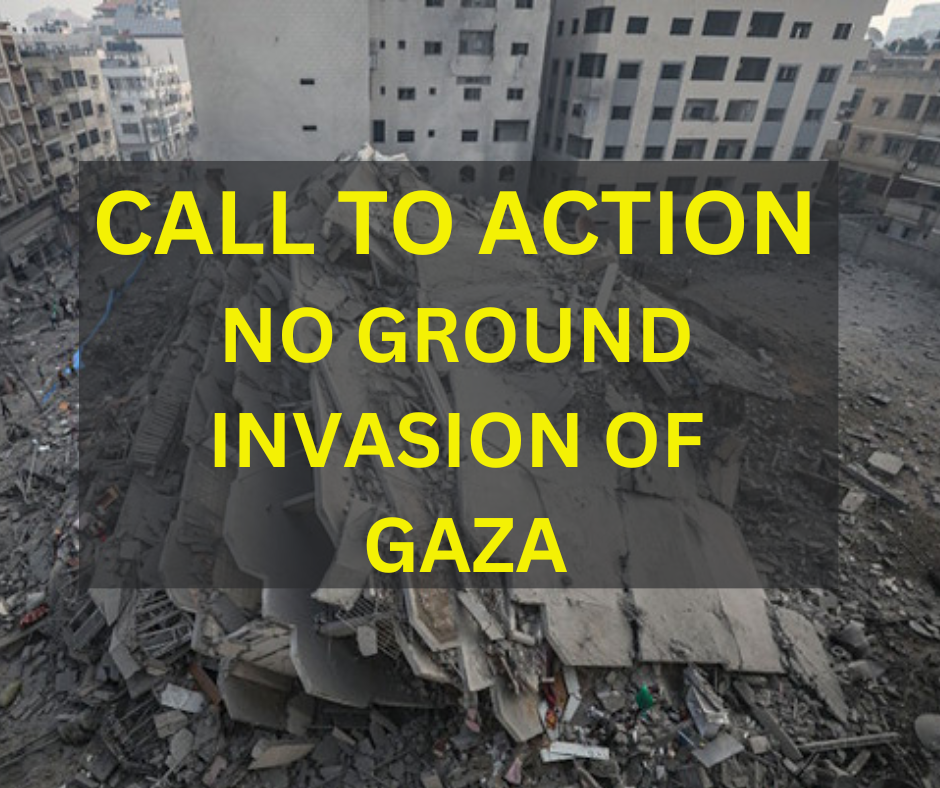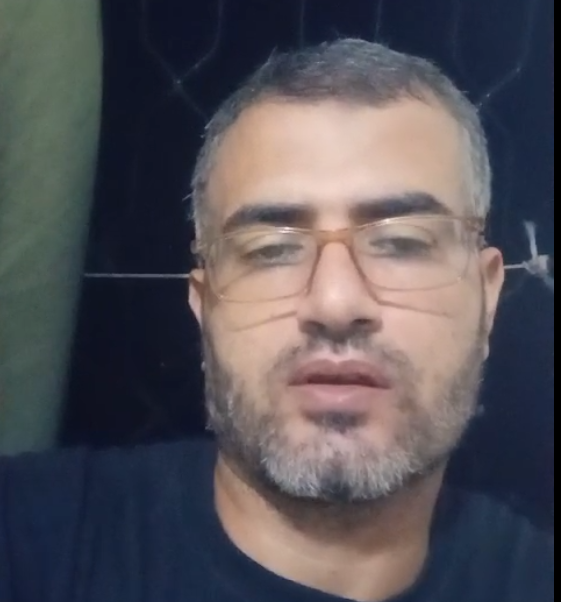Category: Gaza
-
CALL TO ACTION: No Ground Invasion of Gaza
13 October, 2023 | International Solidarity Movement Occupation forces have issued a 24-hour deadline for 1.1 million civilians in northern Gaza to evacuate to the southern parts of the besieged enclave. The demand for a harrowing evacuation of terrified civilians includes an order to clear out all UN workers from the area. This is obvious…
-
He did nothing, but he didn’t survive
By. Diana Khwaelid for ISM Al-Baqa al-Sharqiya village-Tulkarm – 11-10-2023 Ali Alyan, 31, a resident of the village of Baqa al-Sharqiya, northeast of the city of Tulkarem, was killed by the Israeli Iron Dome rockets which were countering the resistance rockets fired from Gaza near the occupied city of Ashkelon. Tuesday evening – 10-10-2023. Ali…
-
Video update from Ahmed Abu Artema in Gaza
Ahmed Abu Artema, who lives in Gaza, describes Israel’s relentless bombing as it continues to wipe out entire neighborhoods around him. Since Saturday, Israel has been bombing Gaza—a 25-mile strip of land, where half of the residents are children—non-stop. #PalestineUnderAttack pic.twitter.com/C4ifhVIKTr — The Top Secrets (@TheTopSecrets6) October 11, 2023



